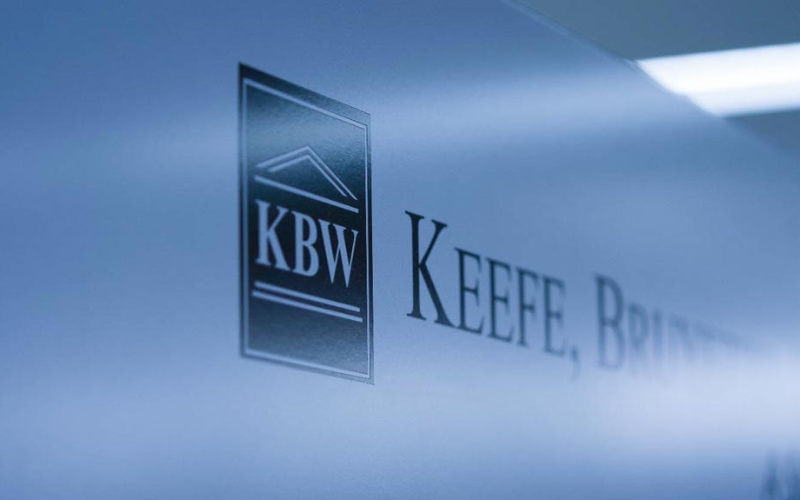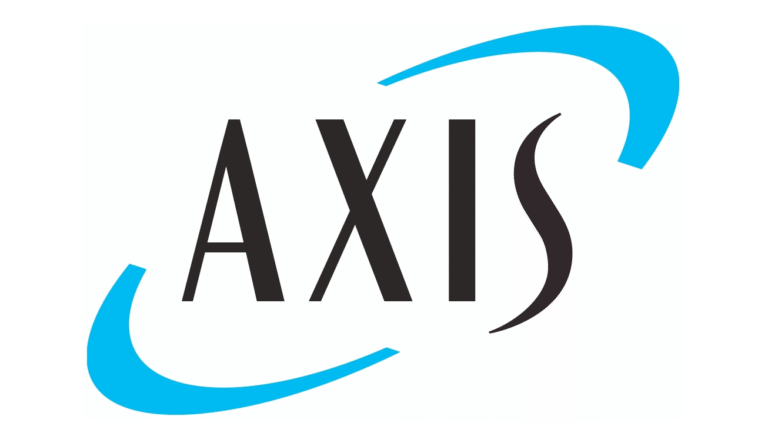
Analysts at KBW have suggested that very low catastrophe losses, reflecting the near-total absence of U.S.-landfalling hurricanes, together with the resulting strong EPS and BVPS growth, well-funded share repurchases, and larger expected 2026 property reinsurance rate decreases, will dominate Q3 2055 earnings calls.

These light U.S. hurricane losses, coupled with elevated industry losses from other perils, sit alongside abundant reinsurance capacity.
Global reinsurance capital has risen to a new high of $805 billion, according to Gallagher Re.
This ample capital base is helping to blunt reinsurance pricing and underpin the expectation of larger property reinsurance rate decreases heading into 2026.
KBW also stressed that Q3 2025 P&C earnings should reflect slowing, but still positive, commercial and specialty net written premium growth as commercial casualty rate increases decelerate, company-specific commercial casualty reserve development, and solid core personal auto and homeowners underwriting results with mostly improving PIF growth.
In related news, J.P. Morgan recently noted in a report that reinsurers could find themselves net beneficiaries of a benign Atlantic hurricane season, with potential profits more than offsetting the effects of a softening market.
The analysts stated that while recent feedback from RVS 2025 suggested that a light season would add pressure to pricing in U.S. property catastrophe lines, the earnings uplift from minimal losses could be significant.
J.P. Morgan’s analysts observed, “In our view, a light season would more than outweigh the additional pricing pressure that would likely follow a benign Atlantic hurricane season. We examine several scenarios if the season continues to be light, and estimate that if catastrophe losses are 20% of normal Q3 budgets, this could lead to a 6-13% potential uplift to reinsurers’ earnings for 2025.”
With this in mind, Berenberg has also reported that large, diversified reinsurers are in a stronger position to navigate the current softening market than their less diversified peers.
According to the German investment bank, firms with exposure across multiple lines, including life reinsurance, can underwrite profitably for longer periods because diversification reduces capital requirements and provides greater resilience against market swings.
This resilience is reinforced by the sector’s overall strong capitalisation, as discussed above.





